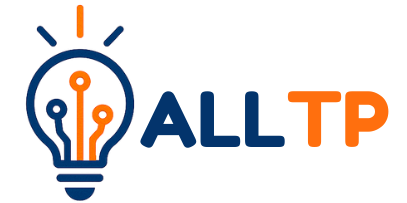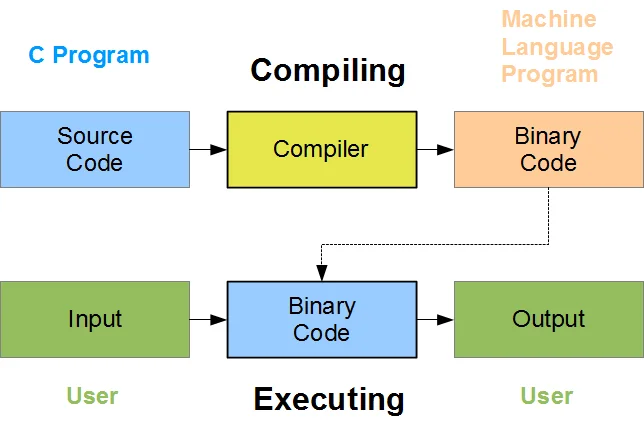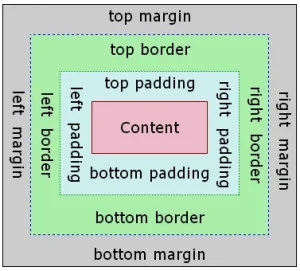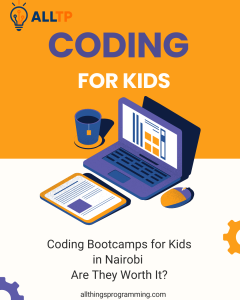In today’s rapidly evolving digital world, coding skills have become essential for students to succeed both academically and professionally. Learning to code nurtures critical thinking, problem-solving, and creativity, skills that are invaluable across virtually all careers. For Kenyan schools, integrating coding into the curriculum is a vital step toward preparing students for the demands of the future workforce and bridging the digital divide.
All Things Programming is dedicated to supporting Kenyan schools in the important mission of advancing coding in Kenya. We provide a comprehensive coding program designed specifically for local contexts, making it easy for schools to adopt without the need for costly investments or specialized IT staff.
Our program stands out by offering zero-cost teacher training, leveraging existing school infrastructure, and providing all necessary curriculum resources. This cost-effective and practical approach ensures that schools can seamlessly introduce coding education, empowering both teachers and students to thrive in a digital era.
Understanding the All Things Programming Model
What is All Things Programming?
All Things Programming is a Kenyan-based initiative committed to making coding education accessible and practical for schools across the country. We specialize in delivering a tailored coding curriculum and training designed to fit the unique needs and resources of Kenyan schools, helping students build essential digital skills from an early age.
Our Mission
Our mission is simple: to provide affordable and accessible coding education that empowers Kenyan learners and educators alike. We believe that every school, regardless of location or funding, should have the opportunity to prepare its students for a future shaped by technology and innovation.
Why Our Program is Different
Unlike other programs that require hiring costly IT specialists or new infrastructure, All Things Programming uses what schools already have. We train existing teachers, enabling them to confidently teach coding.
This removes the need for extra staff and cuts costs. Our program also makes full use of current computers and internet, making implementation easy and affordable.
Step 1: School Engagement and Needs Assessment
The first step in implementing the All Things Programming coding curriculum is for your school to express interest in joining the program. To begin, school administrators can easily apply or contact us through our website or direct outreach channels.
Once your school is on board, we conduct an initial consultation to assess your existing infrastructure. This includes evaluating the availability and condition of computers, the reliability of internet connectivity, and the consistency of electricity supply. This important assessment helps us tailor the program to fit your school’s unique situation and ensure smooth implementation.
Meanwhile, during this phase, we also work with school leadership to identify existing teachers who will take on the role of coding instructors. Notably, these teachers do not need prior IT experience because our training is designed to equip them with the skills and confidence needed to teach coding effectively. Consequently, this approach allows schools to maximize current staff without the need to hire additional personnel.
Step 2: Teacher Training and Capacity Building
At All Things Programming, we believe that empowering teachers is key to successful coding education. Therefore, we provide comprehensive teacher training completely free of charge to schools. In fact, there is no cost to the school for this critical part of the program.
Moreover, our training formats are flexible and tailored to the needs of each school. Depending on your location and preferences, training can be delivered online, in-person, or through a blended approach combining both. This flexibility ensures that teachers receive the support they need in a way that suits their schedules and circumstances.
Importantly, the training focuses on practical, hands-on skills. Teachers learn coding fundamentals, how to integrate coding lessons effectively into their classrooms, and how to troubleshoot common technical issues. As a result, this practical emphasis helps teachers build confidence and competence to deliver engaging and effective coding instruction.
To ensure continuous success, we offer ongoing support and refresher training. This way, teachers always have access to updated materials, new teaching strategies, and a support network to help overcome challenges as they arise.
Step 3: Curriculum and Resource Provision
Once teachers are trained, schools gain full access to the All Things Programming coding curriculum. Our curriculum is carefully aligned with Kenya’s Competency-Based Curriculum (CBC) and national STEM education goals, ensuring that students learn relevant skills that complement their overall education.
We provide all necessary teaching materials, including detailed lesson plans, student exercises, and assessment tools, all delivered digitally. This allows for easy distribution, updates, and integration into daily teaching without the need for printed resources.
To keep costs low and accessibility high, our program uses free and open-source coding platforms and tools. These resources are user-friendly and require minimal technical support, making them ideal for schools with limited budgets or infrastructure. This approach not only reduces expenses but also exposes students to widely used programming environments they can continue using beyond the classroom.
Step 4: Leveraging Existing School Infrastructure
A key advantage of the All Things Programming approach is that schools can use their current computers and internet connections to run the coding program. Schools do not need to purchase new hardware or upgrade networks extensively.
Our program works with minimal technical requirements. This makes it accessible even in schools with modest technology setups. Many lessons run on basic computers with standard web browsers. Coding activities are optimized to use minimal bandwidth.
We also offer simple suggestions to improve existing infrastructure. For example, schools can schedule coding classes when internet use is lower. They can also use offline resources if connectivity is unstable.
Importantly, the program trains existing teachers to handle coding instruction. Therefore, schools do not need to hire specialized IT staff. This reduces operational costs and makes program management easier. It ensures smooth and sustainable integration of coding education.
Step 5: Classroom Implementation
With training completed and resources in place, teachers begin delivering coding lessons directly in the classroom using the materials and curriculum provided by All Things Programming. Our program emphasizes practical, hands-on learning that actively engages students.
Teachers are encouraged to foster an interactive environment where students learn through project-based activities and real-world problem-solving. This approach helps learners develop not only coding skills but also critical thinking, creativity, and collaboration.
To track progress and ensure effective learning, the program includes regular assessments and coding challenges. These tools help teachers monitor student understanding, identify areas needing extra support, and celebrate achievements, building confidence and motivation among learners.
Step 6: Ongoing Support and Community
All Things Programming provides continuous support to schools and teachers throughout the implementation of the coding program. Our team is always available to assist with troubleshooting, answer questions, and offer guidance to ensure smooth teaching and learning experiences.
Teachers also gain access to a vibrant online community where they can connect with fellow educators, share experiences, exchange best practices, and find inspiration. This collaborative network strengthens teacher confidence and fosters ongoing professional growth.
To keep the program relevant and effective, we regularly update the curriculum and teaching materials to reflect the latest trends in technology and education. This ensures that students receive up-to-date knowledge and skills that prepare them for the future.
Benefits for Schools
Implementing the All Things Programming coding program offers numerous advantages for schools:
- Zero Cost Teacher Training and Program Implementation: Schools benefit from comprehensive teacher training and access to all program resources at no cost, making it a budget-friendly solution.
- No Need to Hire Specialized IT Staff: By training existing teachers to deliver coding lessons, schools avoid the expense and complexity of recruiting additional IT personnel.
- Empowering Existing Teachers with New Skills: Our program equips your current teaching staff with valuable digital skills, enhancing their professional development and confidence in integrating technology into their lessons.
- Preparing Students for a Digital Future and Enhancing School Reputation: By offering coding education aligned with national curriculum goals, schools position their students for success in the digital economy while boosting their standing in the community as forward-thinking institutions.
Conclusion
All Things Programming offers Kenyan schools a practical, affordable, and effective way to introduce coding for beginners without the burden of extra costs or complex infrastructure changes. By using existing resources and training teachers for free, schools can prepare students for a tech-driven future.
With our support, administrators can run a coding program that boosts learning and raises the school’s digital profile.Start today by reaching out and join the growing community of schools transforming education through All Things Programming.




